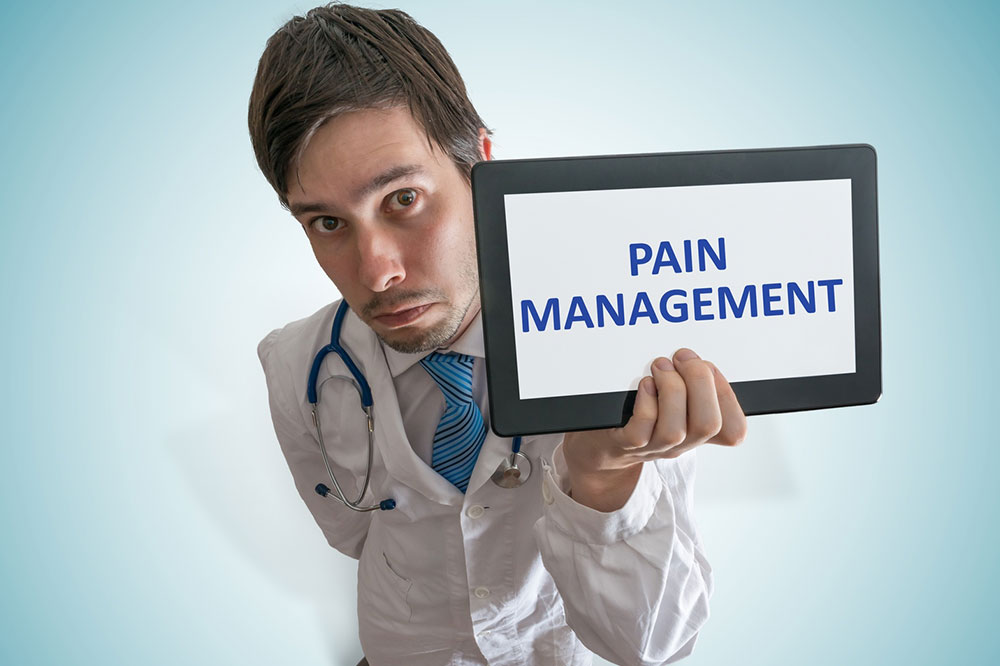Effective Strategies for Long-Term Pain Relief
Discover four effective pain-management techniques that offer lasting relief, including cold and heat therapy, gentle exercise, music therapy, and biofeedback. These methods can improve comfort and mobility for those with chronic or temporary pain conditions. Always consult healthcare professionals before starting any new treatment plan to ensure safety and effectiveness.

Effective Strategies for Long-Term Pain Relief
Pain serves as the body's way of signaling physical stress or injury. While it's essential for awareness, ongoing or intense pain can significantly impact daily life, making routine activities difficult. Various factors like injuries, health conditions, and genetic predispositions can cause both temporary and chronic discomfort.
To manage persistent pain effectively, healthcare professionals often recommend specific techniques that provide lasting relief.
Cold and heat therapy
At home, applying cold or heat can help soothe muscle and joint pain. Cold packs or compresses can reduce inflammation and numb pain during the initial 48 hours after an injury. For chronic issues like arthritis or ligament injuries, heat therapy with hot packs or warm compresses can promote blood flow and relax stiff muscles.
Engaging in gentle exercise, such as walking, swimming, or cycling, can help improve mobility even with chronic pain, especially when combined with medication and treatment. Always coordinate with your healthcare provider to determine suitable activities that support pain management.
This approach helps manage conditions like back ache, arthritis, or joint stiffness, gradually improving movement and decreasing discomfort.
Physical activity
Although pain can limit movement, appropriate exercises can relieve discomfort over time. Light routines like stretching and low-impact workouts can enhance flexibility and strength. It’s advisable to consult a physiotherapist to craft a personalized exercise plan that accommodates your condition.
Remember, staying active can significantly contribute to managing chronic pain effectively, improving quality of life.
Music and relaxation therapies
Listening to calming music can help distract the mind from pain, providing emotional comfort and relaxation. Studies have shown that music therapy, including classical or preferred genres, supports recovery post-surgery or childbirth by reducing perceived pain and stress.
Biofeedback
This technique involves training your mind to control bodily functions such as heart rate, muscle tension, and breathing. Biofeedback can help individuals learn to reduce pain by consciously managing physiological responses, although its effectiveness varies depending on the condition and individual.
Important Notice: The information provided in this article is for educational purposes only. It should not replace professional medical advice. Always consult qualified healthcare providers for diagnosis and treatment options suitable to your specific health needs.










